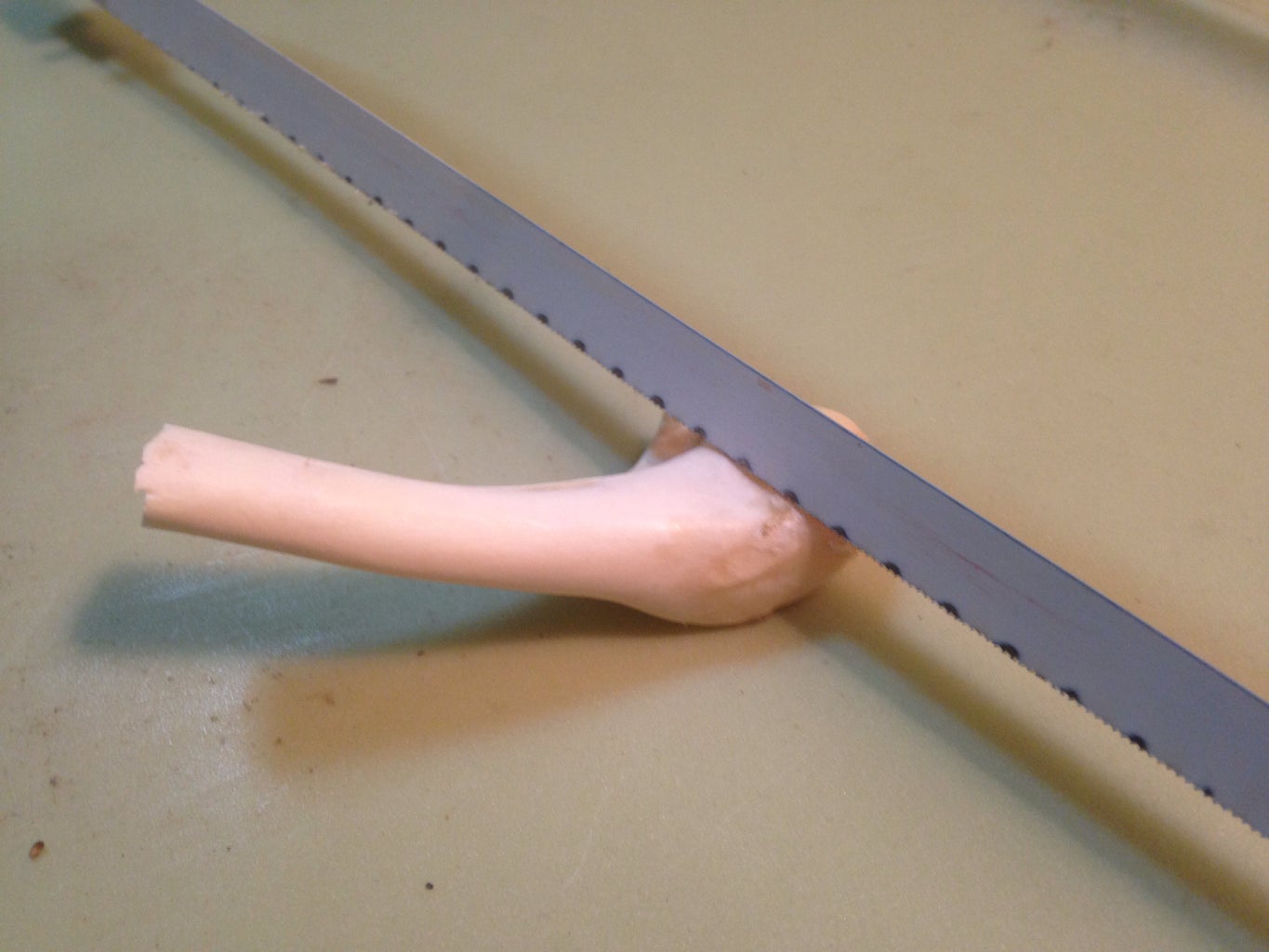Yo, turkey hunters! Are you ready to up your game and lure those gobblers in close with the sweet sounds of a wing bone call? This ancient turkey calling technique passed down through generations, can be surprisingly effective when mastered. But fear not aspiring turkey callers, for this guide will equip you with all the knowledge you need to turn those wing bones into irresistible turkey magnets.
So, buckle up, grab your wing bone, and let’s dive into the world of wing bone turkey calling!
The Tools of the Trade: Your Wing Bone and You
First things first, you’ll need a wing bone. Now, don’t go plucking feathers from your Thanksgiving turkey just yet Look for a wing bone from a wild turkey, preferably a mature gobbler. These bones have a thicker wall, which produces deeper, more resonant calls You can find them online, at hunting supply stores, or even ask a friendly hunter for one.
Once you have your wing bone, it’s time to prepare it for calling. Start by cleaning the bone thoroughly, removing any remaining tissue or debris. Then, cut off the bottom portion of the bone, leaving about 2-3 inches remaining. This will create the mouthpiece of your call. Finally, sand down any sharp edges to ensure a comfortable grip.
The Art of the Call: Mastering the Technique
Now comes the fun part: learning how to actually make the call. While it may seem simple at first glance, mastering the wing bone call requires practice and a bit of finesse. Here’s a step-by-step guide to get you started:
- Position the mouthpiece of the yelper against the edge of your tightly closed lips. Some folks prefer to insert the mouthpiece into the side of their lips, but experimenting to find what feels most comfortable for you is key.
- Take a deep breath and suck in air abruptly, like making a mock kiss. This creates the initial suction needed to produce the sound. Don’t be discouraged if you don’t hear anything at first – it takes practice!
- Once you’ve mastered the basic suction technique, start experimenting with different lip and tongue positions to create various sounds. By adjusting the tension in your lips and the position of your tongue, you can mimic a variety of turkey vocalizations, including yelps, clucks, and purrs.
- Practice makes perfect! The more you practice, the more comfortable you’ll become with the wing bone call and the wider your repertoire of turkey sounds will grow.
Tips and Tricks for Turkey Calling Success
Now that you understand the fundamentals, let’s look at some expert advice to help you become an expert at wing bone calling:
- Start by practicing in a quiet environment. This will allow you to focus on the sound of the call and make adjustments without distractions.
- Record yourself calling and listen back to identify areas for improvement. This is a great way to pinpoint any inconsistencies or weak points in your technique.
- Experiment with different calling sequences. Turkeys respond differently to various calls, so mix it up and see what works best for you.
- Be patient and persistent. Learning to use a wing bone call takes time and dedication, but the rewards are well worth the effort.
Frequently Asked Questions (FAQs)
Got questions about wing bone turkey calling? Don’t worry we’ve got you covered:
- Q: What’s the best type of wing bone to use?
- A: As mentioned earlier, wing bones from mature gobblers are ideal due to their thicker walls and deeper sound.
- Q: Can I use a wing bone from a domestic turkey?
- A: While it’s possible, domestic turkey wing bones tend to be thinner and produce a higher-pitched sound, which may not be as effective in attracting wild turkeys.
- Q: How long does it take to learn how to use a wing bone call?
- A: It varies depending on individual skill and practice time. Some folks pick it up quickly, while others may need more time to master the technique.
- Q: Are wing bone calls effective?
- A: Absolutely! When used correctly, wing bone calls can be highly effective in attracting turkeys.
Additional Resources
In search of additional details regarding wing bone turkey calling? Take a look at these useful links:
- YouTube video: How to Use a Wing Bone Turkey Call: https://m.youtube.com/watch?v=Xwthjxnx3_w
- Turkey Call Academy: https://www.turkeycallacademy.com/
- National Wild Turkey Federation: https://www.nwtf.org/
And that’s it, people! With this thorough tutorial and some practice, you should be able to perfect the wing bone turkey call. Remember, patience, persistence, and a willingness to experiment are key to success. Go outside, rehearse your calls, and get ready to entice those gobblers to come closer!
Step 2: Cut Bones to Length


Trim the bones to the appropriate length—shorter for a three-piece call, longer for a two-segment call. If you only use two segments, a larger bird works better and you can omit the largest bone. Make sure that all 3 bones will fit together. You can use sandpaper to file the ends so they fit in place. Remove the stuff from the inside of the largest bone with a knife or screwdriver. Be very careful not to break the outside layer of bone. The flattened end of the smallest bone is the mouthpiece. You can sand this down for a smoother finish.
Introduction: Wingbone Turkey Call

This is one of the oldest turkey calls and is still in use today. The sound is unique and somehow mesmerizes wild turkeys. With a little practice, using the bones of another wild turkey to make yelps and clucks will draw fall flocks and spring gobblers. Be sure to follow your state and local hunting regulations.

The first three turkey wing bones (ideally from an adult hen, wild tom, or jake); super glue; thread; a hacksaw or dremel; sandpaper and a pocket knife; these are the supplies needed.
